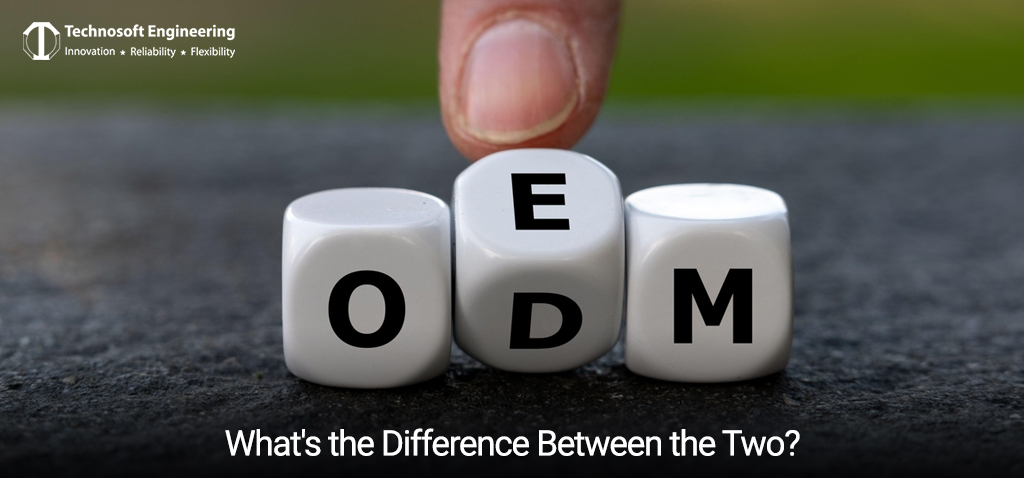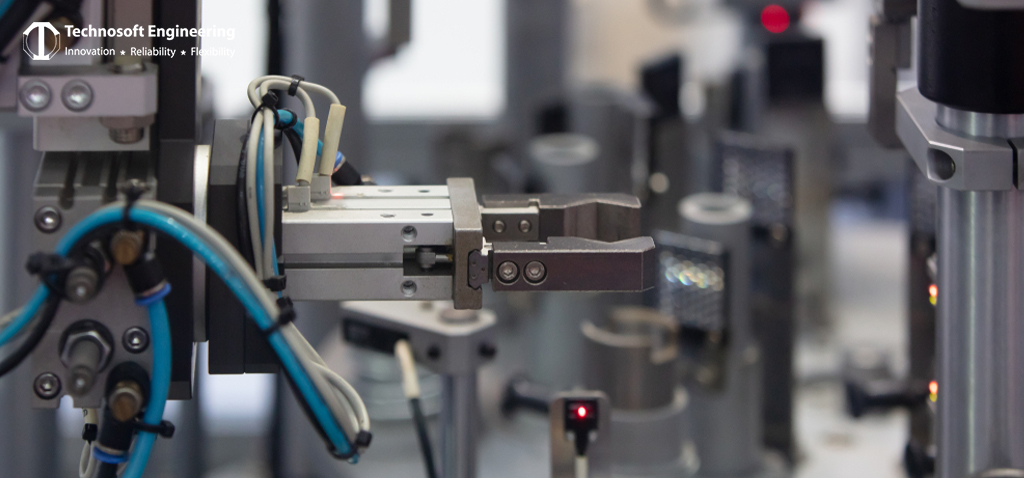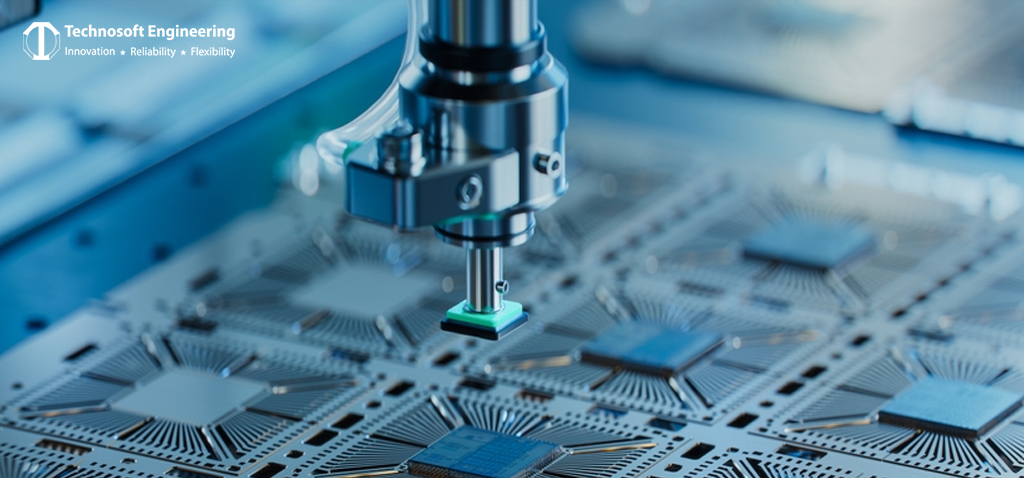
Introduction
In the manufacturing industry, people often use OEM and ODM abbreviations. These don’t relate to the same concept in the sector, even when people use them interchangeably. OEMs and ODMs play different roles. Read on to understand OEM and ODM’s primary distinctions.
Table of Contents
- Key Takeaways
- What is a Product Company?
- Who is an Original Equipment Manufacturer (OEM)?
- Who is an Original Device Manufacturer (ODM)?
- Closing Thoughts
Key Takeaways
In this article, you will know more about an OEM and an ODM. While you understand the roles, you will also know how they differ from each other.
What is a Product Company?
Product companies are known to be businesses that focus on developing and selling their products in the market. Before presenting ideas for the products, the team will carry out comprehensive market research. This helps not only to test the validity of the idea but also to know what individuals are seeking in the market. Apart from market research, the company may also be involved in innovation to create something unique.
If the business deals in physical goods, then product companies oversee the manufacturing process. They may either develop the product through the in-house team or entrust product development to third-party manufacturers. Such companies may implement marketing strategies to promote products to their target audience. Additionally, a dedicated team will also be involved in supply chain management, including distribution in different ways. To maintain a long term relationship with customers, they also have a support team that offers after-sales services and technical assistance whenever it’s required.
Who is an Original Equipment Manufacturer (OEM)?
After validating the product idea, organizations proceed with the design phase. At this instance, the team is busy with research and development so that the product is designed in a better manner. But, if organizations don’t have skilled workers or essential tools to manufacture the product, they approach an Original Equipment Manufacturer (OEM).
OEMs manufacture goods or components for other companies. Soon after the product is manufactured, it is sold to the organization. This company then introduces and sells the product under its own brand name. For instance, many computer brands may entrust the responsibility of manufacturing computers and laptops to an OEM. Once the development team is ready with the computer or laptop, it later sells these under their own brand name. However, the OEM also plays different roles in addition to manufacturing.
While OEMs specialize in making certain components, their expertise can help reduce costs and improve quality. Way ahead, the team of an OEM will invest time in research and development to improve the products significantly. As the organization collaborates with an OEM, the expertise is further used in innovation and production efficiency.
Let’s check out the role of an Original Device Manufacturer (ODM).
Who is an Original Device Manufacturer (ODM)?
If organizations don’t have a team that is adept at designing products, then they will get in touch with an Original Device Manufacturer (ODM). Such a company deals with designing and manufacturing products as per the company’s specifications. However, the product manufacturer must find an OEM that can manufacture the product if the ODM personnel lack manufacturing skills.
Apart from their main job, ODMs offer customized solutions to their clients. The ODM’s design and manufacturing capabilities allow firms to differentiate themselves with distinctive goods. Many ODMs also make white-labeled products for brands. As these designs are prepared for manufacturing, the product company will choose an ideal design from the ODM. Later, ODM will go through the design and manufacture the product with the client’s or company’s branding.
Beyond this, ODMs can speed up product development. Brands can also leverage the ODM’s expertise to reduce costs associated with manufacturing and development. Specialized skills and resources of an ODM can also be leveraged for supply chain management.
As seen, ODMs and OEMs operate differently. OEMs only make things and lack design skills. ODMs, on the contrary, are capable of designing as well as manufacturing products. But, even after saying this, some ODMs will not play their role during the designing stage.
Closing Thoughts
Finally, both OEMs and ODMs will continue to play a vital role in helping organizations innovate and meet evolving customer needs. As OEMs will drive efficient production, organizations can focus more on their core competencies. But, in the future, ODMs will support companies with design and manufacturing capabilities. Once organizations partner with ODMs, they no longer have to think about making an investment in R&D. With both serving to be helpful, companies will drive innovation and stay competitive in the business world.



